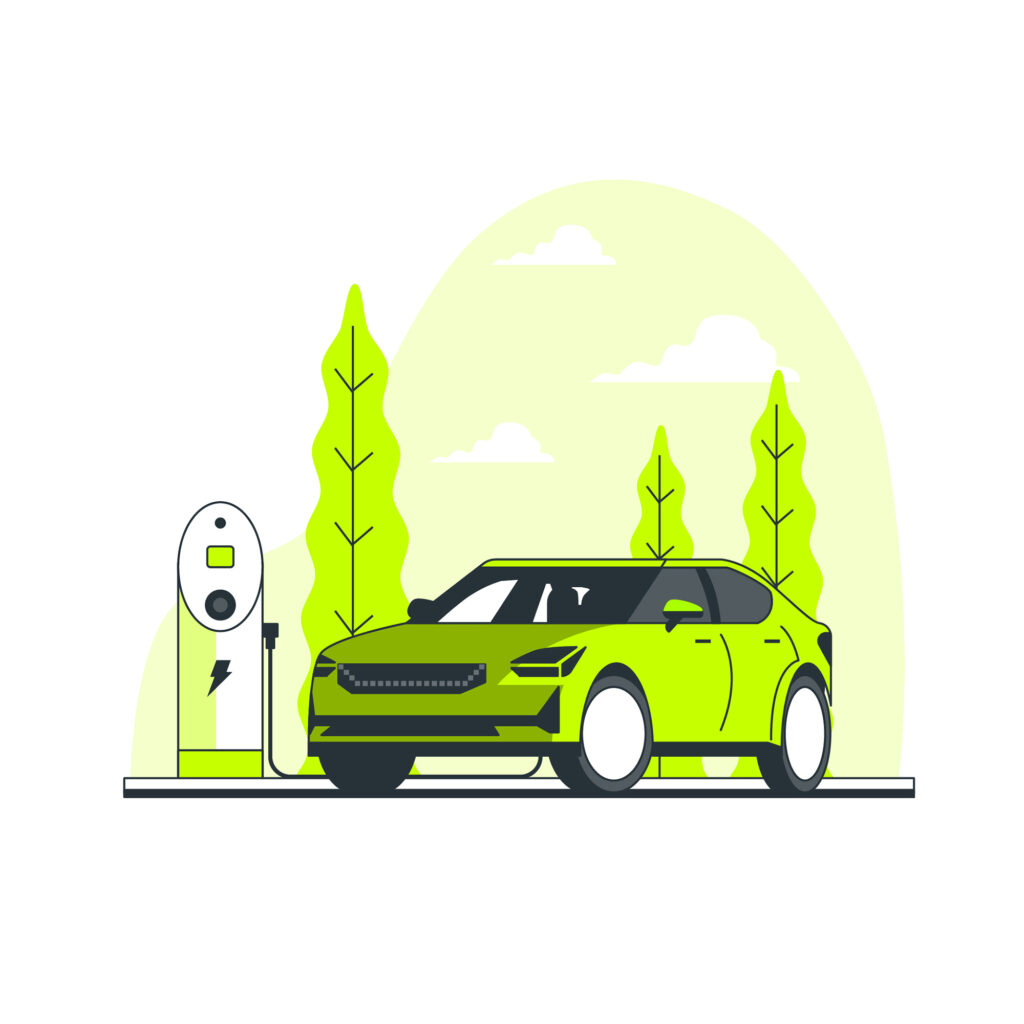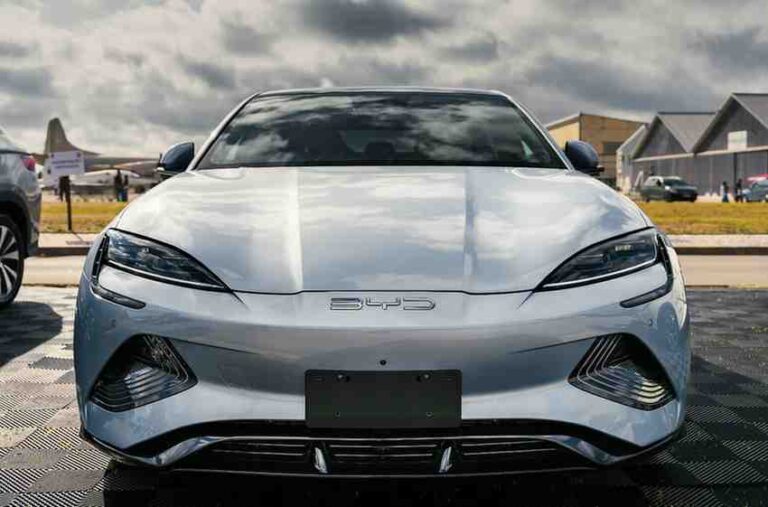Introduction to BYD India Ambitions
BYD, or Build Your Dreams, for long has been a giant in the global EV market, particularly in China, its home market. Known for its innovative thinking in electric mobility, BYD has now turned to India, the next big market which is thirsty for sustainable transportation solutions. The unique challenge and opportunity that India offers as the third-largest car market in the world makes it unique. With a keen desire to capture a large share of the Indian EV market, BYD is now on a strategic venture to launch its electric vehicles and create an electric mobility culture in India.
By establishing two manufacturing plants and a robust dealership network in the country, BYD announces its entry into India, at an investment of over $200 million. The company’s goal is to command 40% of India’s EV market by 2030, a bold claim that indicates serious intent to change industry’s landscape in India. No roadblocks are being thrown in the way as the competitive environment, extensive regulations, and number of changes that need to be made to adapt to consumer preference stand ahead.
The Strategic Rollout of BYD India EV Lineup in India
BYD’s strategic entry into the Indian market has been a calculated affair; the company aims to carve out a significant presence in the growing electric vehicle (EV) sector. Having gained a fair understanding of the peculiarities that dominate the Indian automotive landscape, BYD has very carefully pushed its EV lineup into the market, targeting both the premium and mass markets with a series of well-timed introductions.
This voyage commenced with the launch of Atto 3, an electric SUV that stirred an uproar as BYD’s first passenger vehicle in India. The Atto 3 was regarded as a competitively priced product intending to capture the upper-middle segment while introducing Indian consumers to BYD’s brand philosophy of innovation and sustainability. It became the talking point for its Blade Battery technology with safety and efficiency focus, thus creating expectations from consumers towards what BYD would offer.
Then came the Seal, a luxury electric sedan from BYD, designed to target the premium segment. It represented BYD’s design and performance chops in proving the company’s intent to pitch directly against established luxury EV brands. With luxury touches like a high-res rotating infotainment screen and amazing range abilities, BYD began to establish a brand that can combine grace with sustainability.
The momentum carries on with Sealion 7, a performance-oriented electric SUV launched at the Bharat Mobility Global Expo 2025; a model very critical to BYD’s strategy, giving consumers with a car that marries SUV usability with the agility and power of a sports car, offering a top speed of 215 kilometers in one hour and an acceleration of 0 to 100 kilometers in one-time five seconds. The Sealion 7 is bound to compete with Hyundai Ioniq 5 and Kia EV6 for the minds of tech-savvy and performance-driven consumers.
BYD has a product launch strategy, but it has much more to offer in establishing its foothold in India. The company is aggressively expanding its dealership network with a plan to grow from 24 showrooms to more than 50 by 2025-end. This expansion is key as consumer interactions and after-sales support are deciding factors for brand loyalty in this market.
On the top of that, BYD has sought to localize its supply chain to incur low cost and have price-competitive vehicles. Currently, importation of vehicles is due to the manufacturing prohibitions, but BYD is aggressively looking for homologation certificates to lift such restrictions for local assembly, while it may bring in models like the Dolphin or Seagull EVs into its globally available line.
This annuity strategy will not just leave it with the vehicles, but will also educate the market about them. Through these marketing campaigns and partaking in automotive expos, BYD would transform consumer perception from the long-term benefits and safety soundness of this technology.
BYD’s strategy in India is a multi-pronged approach involving selection of model offering for specific market segments coupled with creation of physical presence and efforts towards local sourcing covering various categories of measures from across price points. A nation at the cusp of a fast-evolving EV market, BYD’s rollout strategies will make the brand an incubator of sorts in the transformation.
Navigating Regulatory and Market Challenges
One major challenge BYD faces in India is overcoming the country’s far-reaching law on foreign investments, especially in investments from China. Poor scrutiny on Chinese investments was imposed by India since the border tensions of 2020, which have also led to perennially delaying BYD’s plans of manufacturing in the local area. Thereupon, BYD has more or less resorted to the import of cars under existing provisions for its operations, at least till a more favorable investment climate sets in.
Besides, the Indian market is price-sensitive, and the initial offerings by BYD are in high-price bands. To tackle that, BYD has also indicated the introduction of cheaper models once the market matures, and provided permission has been granted for local manufacturing. Another crux of this would be localizing parts of the supply chain to minimize costs and make the vehicles competitive against local brands that are benefiting from lower production costs.
Developing charging infrastructure for electric vehicles is still a major hurdle to cross, but BYD is looking at possibilities of alliances to ease the burden. The automaker knows that adoption would always be tied up with availability and feasibility of charging stations.
Building Consumer Trust and Market Penetration
Evidently, BYD understands the significance of making sales in India and the way towards trust building is not limited to selling cars. They have developed an ecosystem around the usage of electric mobility selling educational programs about the EVs in terms of advantages and safety, utilizing their technological superiority in the battery production sector, and supporting customers with superior services.
The company has launched several public education campaigns with the transition to electric vehicles as a theme, showcasing how all these will be done together with the environmental benefits of going electric and the savings that would accrue over the years. BYD also approaches corporate fleets and convinces the clients with the benefit of their vehicles shown to companies who make up their mind in favor of being green in their transportation needs, thus drawing up early users and advocates for the brand.
These typically consist of aggressive marketing campaigns between cities that would expect to see more curiosity about EVs, using India’s momentum towards clean transport. BYD also brings its vehicles into trade shows and technology expos, as part of an all-out marketing blitz that appeals to the visions of future consumers who are likely to invest themselves in cutting-edge transportation technology.
Future Outlook: BYD’s Role in India’s EV Ecosystem

If BYD takes proper regulatory control of its Indian operations and increases local production, it may well reset the benchmarks of vehicle technology and cost. The company sees its role well beyond selling cars; it wants to have a say on policy and help develop infrastructure, working with local governments to build a conducive environment for electric vehicles.
Much of BYD’s success will depend on localizing its products, not merely in manufacturing but by being in tune with the Indian consumer. There is also a possibility for BYD’s battery technology to integrate with the expanding renewable energy sector of India to innovate in energy storage and grid management.
Competition along the way will not be absent. Tata Motors and other indigenous manufacturers are fast-tracking their EV programs; foreign giants like Tesla too are targeting the Indian market. To keep its leadership status, BYD needs to maintain technological superiority, capitalize on global experience, and keep innovating.
In conclusion, BYD’s adventurous entry into India underlines the fact that they want to have an important say in transforming the Indian EV market. With the opportunity of new products, focusing on the total EV ecosystem, and a commitment to evolving to local demands, BYD is now poised not only to participate but to lead the charge towards a more sustainable automotive future in India. The next few years will be critical in assessing whether BYD can indeed change the face of the Indian EV car market it intends to.




